Last month we reported on the release of two new Godox flashes with a distinctive, retro look: the Lux Senior and Lux Junior. I like using flash, and I like Godox as a company – I own two Godox flashes (TT600 and TT350) and an X2 wireless trigger. So when they offered to send us their two retro flashes for review, I jumped at the opportunity.
Next month I’ll share a detailed review (which can now be found here) of the Lux Senior and Lux Junior flashes. That article will have sample photos on both digital and film, cover different lighting situations, flash power, colour temperature, and all that jazz. Such in-depth reviews and “scientific” tests have their uses, but when trying out a new piece of equipment, I like to first get a feel for it by just using in in the field. Or maybe that’s just what I tell myself, because this stuff is a lot more fun than proper testing.
Accordingly, I went out on a Friday night with my DSLR and the Godox Lux Senior and walked up and down lively Balestier Road in Singapore, asking random strangers if I could take a photo. Based on this 30-minute exercise – the very opposite of a scientific test – I bring you my first-blush, seat-of-the-pants review of the Godox Lux Senior.

Gear used
The sample photos were shot with my trusty old Nikon D5200 with a Sigma 10-20mm f/3.5 lens. The lens was zoomed to the narrow end, which is 30mm in full-frame equivalent. The flash was always on-camera, with no modifiers. The camera’s white balance was set to Cloudy, though I made minor edits in post to tweak the colours and contrast to my taste.
I’ve noted the exposure settings in my captions, but basically, I stayed on Manual mode, ISO 250 and f/5.6, slightly varying the shutter speed based on the ambient light. (As flash users would know, the shutter speed only affects the ambient exposure, not the flash exposure which is typically much shorter than the shutter speed.) Flash power was set to 1/64. The only exception is the two “shutter-drag” photos, whose settings are also noted in the captions.

Look and feel
Okay let’s get this out of the way: the Lux Senior looks cool. It clearly draws inspiration from the flash bulbs of yesteryear, but those bulbs had many downsides, foremost among which is that they were single-use. They also took a while to reach full power, and were too hot to handle for a while after they went off.
Now you might say that simply looking cool does not make it any better as a photographic device, and in a sense that’s true. In fact, the reflector is not just for show; as I discuss in the “Light quality” section below, it creates a softer, more flattering light. But even going by appearances alone, I find I’m more likely to use a device if I like the look and feel of it, and that, albeit indirectly, leads to better photos.
Besides, as I found during my field test, people are intrigued by the Lux Senior. It looks vintage, non-threatening and interesting. That makes it a great hook, and if you’re asking random strangers to pose for a portrait, they are more likely to say yes. Dave (pictured below) asked me about the Godox flash; I asked if I could take his picture, and we ended up having a nice little chat about his lovely film Leica, tungsten films and street photography.
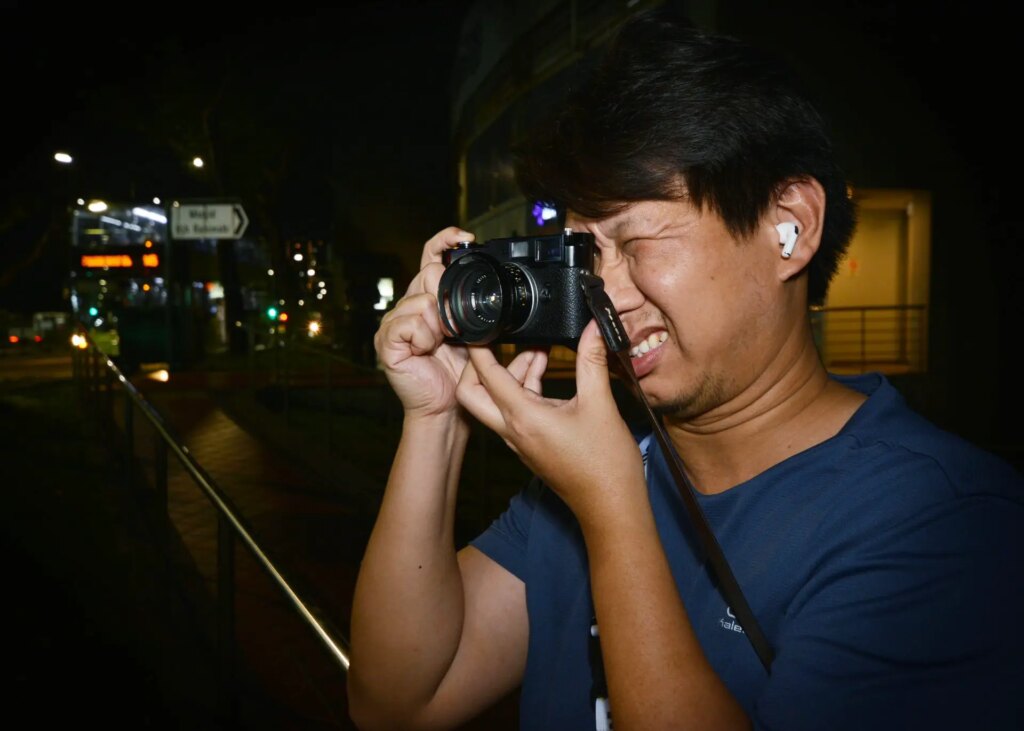
The Lux Senior feels well-made. It has the texture and feel of a more expensive device, with faux-leather trim, metallic accents, and switches and dials that click satisfyingly into place. I found the unit easy to open and close, whether held facing towards me, or away as with the camera slung around my neck.
Flash power
The Lux Senior has manually adjustable power settings, from full power down to 1/64 in one-stop increments (Full, 1/2, 1/4 … 1/64). The photos in this article were shot at 1/64 power, except the “shutter drag” photos (see below) which were at 1/4. So I was clearly using only a fraction of the light output which this unit is capable of. And if I wanted more light, I could have also used a higher ISO or wider aperture (I was shooting at a modest ISO 100-250 and f/5.6-13).
Even at 1/64 power, the flash clearly makes a difference. The two photos below were shot with and without flash, keeping all other settings constant. The Lux Senior may not be as powerful as some of Godox’s other offerings, but in low-light settings, or even in bright daylight when used as fill-flash, I think it’s more than adequate.


Shutter drag
I also thought I’d try a couple of “shutter drag” portraits, just for fun. Shutter drag, for the uninitiated, is a technique where you combine flash, slow shutter speed, and (typically) motion. The flash freezes the subject, while the slow ambient exposure creates blur or light-trails. For these two photos, I tweaked the settings to give myself a shutter speed of 1/4 sec, and then deliberately shook the camera during the exposure.

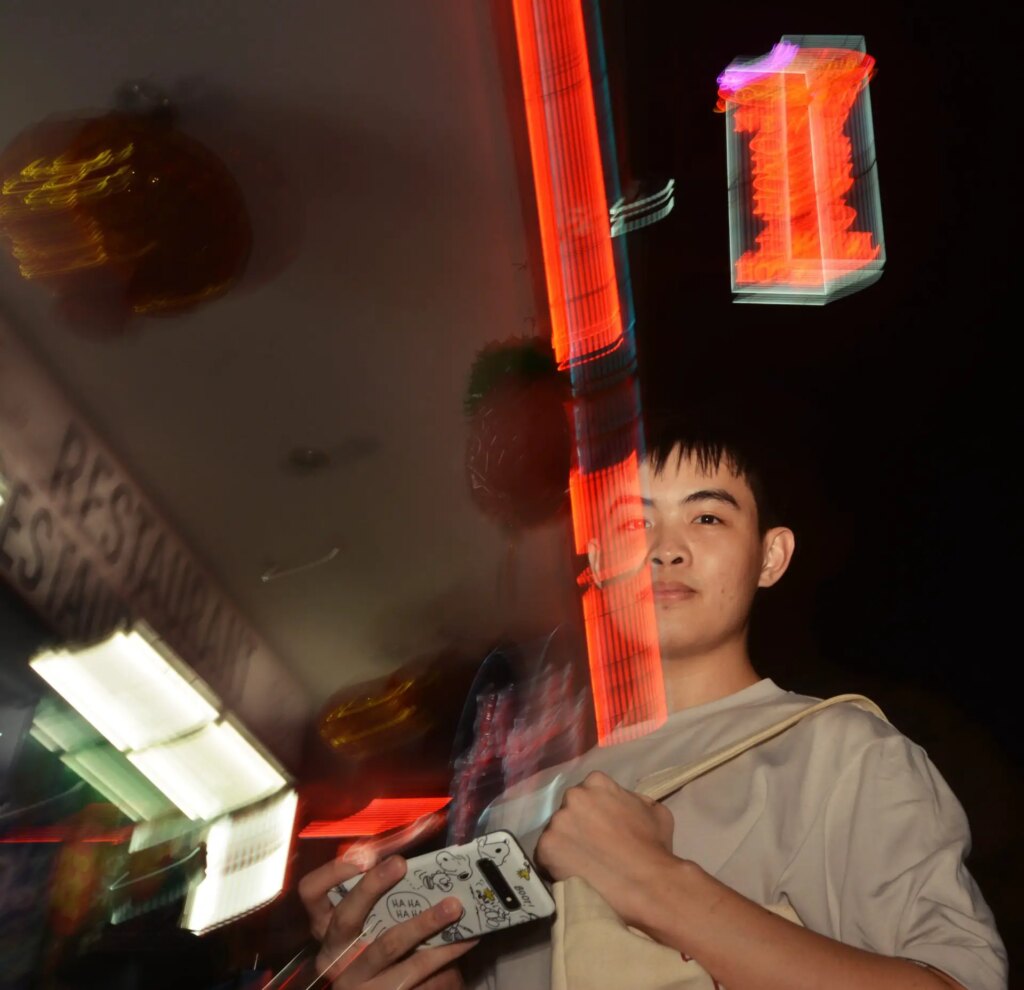
Other features
The Lux Senior has a few other features which I did not use in my brief field test. I will test and report on these features in my subsequent, more detailed review, but I’m noting them here for completeness, and so that you don’t go away thinking it’s a more simplistic device than it really is.
The flash has a sync port, and it comes with a PC sync cable included in the box (how cool is that?) It can thus be used with older cameras which have a PC socket, both on-camera – even if they only have a cold-shoe – as well as off-camera. It also has an Optical Control feature, which means it can be triggered wirelessly off-camera. In this mode, the Lux Senior fires synchronously when it “sees” another flash, such as an on-camera flash.
Finally, it has an “Auto” mode, where it assumes that the camera is set to ISO 100 and f/2.8 and – I think – adjusts the flash power according to the distance from the subject (I say “I think” because this is not explicitly stated in the manual or spec sheet, but I’ll do some more tests and report back).
Light quality

Finally, we come to the Lux Senior’s defining feature. The silver fan-like reflector does more than simply look cool. It effectively creates a bigger light source, which in turn results in a softer, more flattering light for portraits. My Godox TT600, for example, has some other features which the Lux Senior lacks, but when used as unmodified, on-camera flash, it produces a much harder light.
Final thoughts
Overall, I am having a lot of fun with the Lux Senior, and I look forward to really putting it through its paces. It looks cool, and the handling and feel are excellent. The flash, as I mentioned, can be used off-camera – both with a sync cord as well as wirelessly, in optical control mode. But even when used on-camera – as with all the photos in this article – it produces a relatively soft and pleasing look, thanks to the way the reflector shapes the light.
Sure, it’s less powerful than more advanced flashes by Godox and other manufacturers, and not quite as feature-packed – it doesn’t have TTL, zoom, swivel-and-tilt, or a built-in radio transceiver. It also can’t make you coffee or fetch your slippers. But for me, that’s besides the point. The flash is clearly designed to go with older film cameras or retro-style digital cameras like the Fuji X-series, and it’s optimised for direct, on-camera flash. Judged on those terms, I think it’s a great piece of kit.
This article, as I said, is just a quick field test and first impressions. These photos were all shot on digital, and in a 30-minute span on the same street. But I also plan to use the Lux Senior, as well as the Junior, on my film cameras, and in a variety of lighting situations. I’ll share those results in a subsequent review. Meanwhile, if you have any questions, or if there’s anything specific you’d like to see in my fuller review, please let me know in the comments and I’ll try to deliver. I’ve never reviewed a flash unit before, so any and all inputs are welcome.
Thanks for reading. For more of my work – with and without flash – feel free to check out my Instagram.
Share this post:
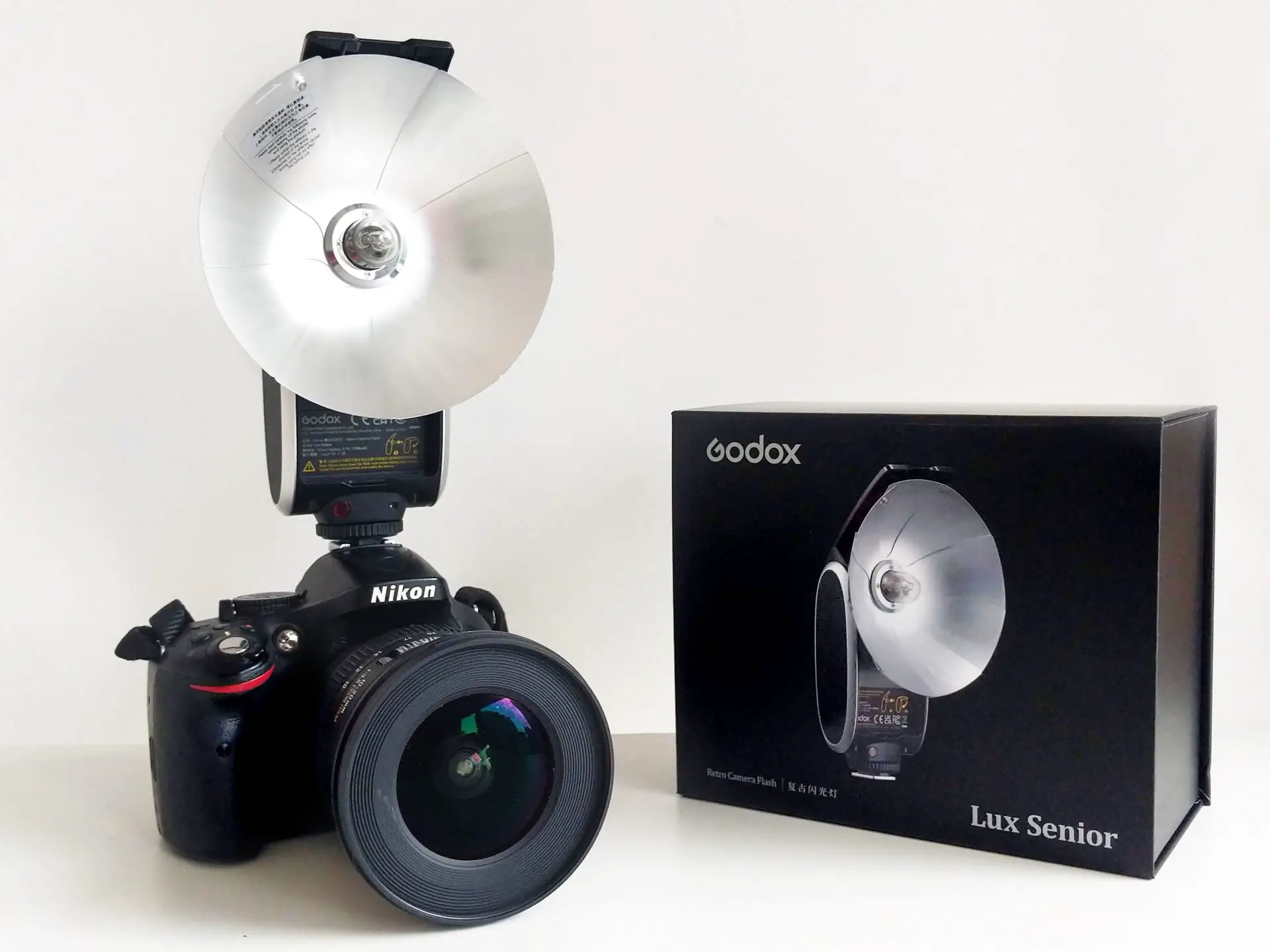
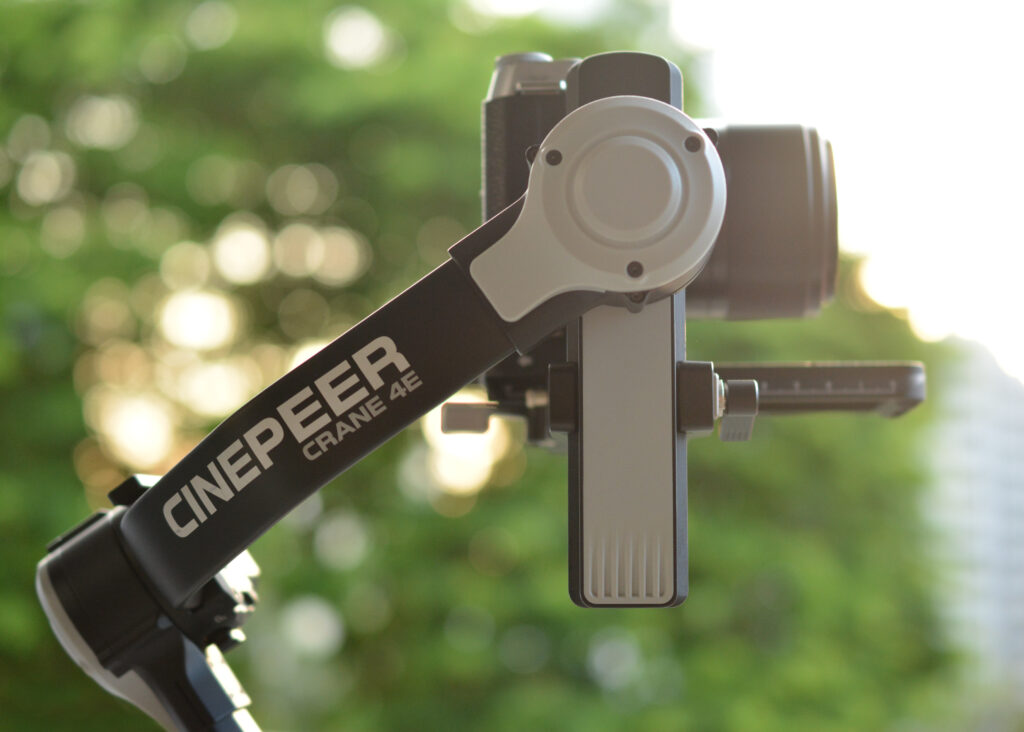
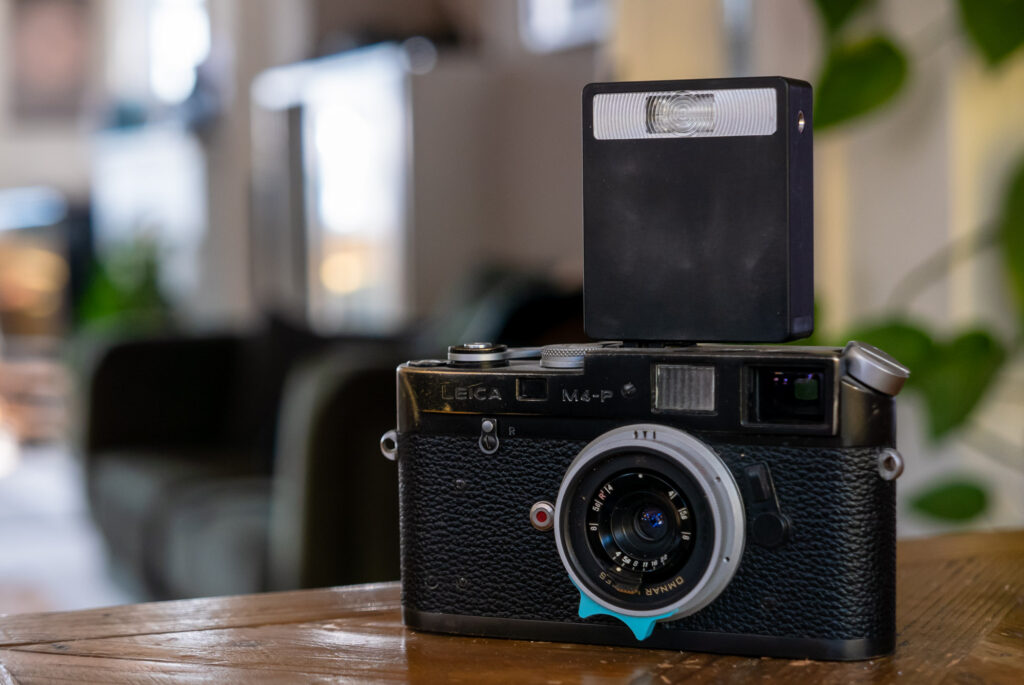
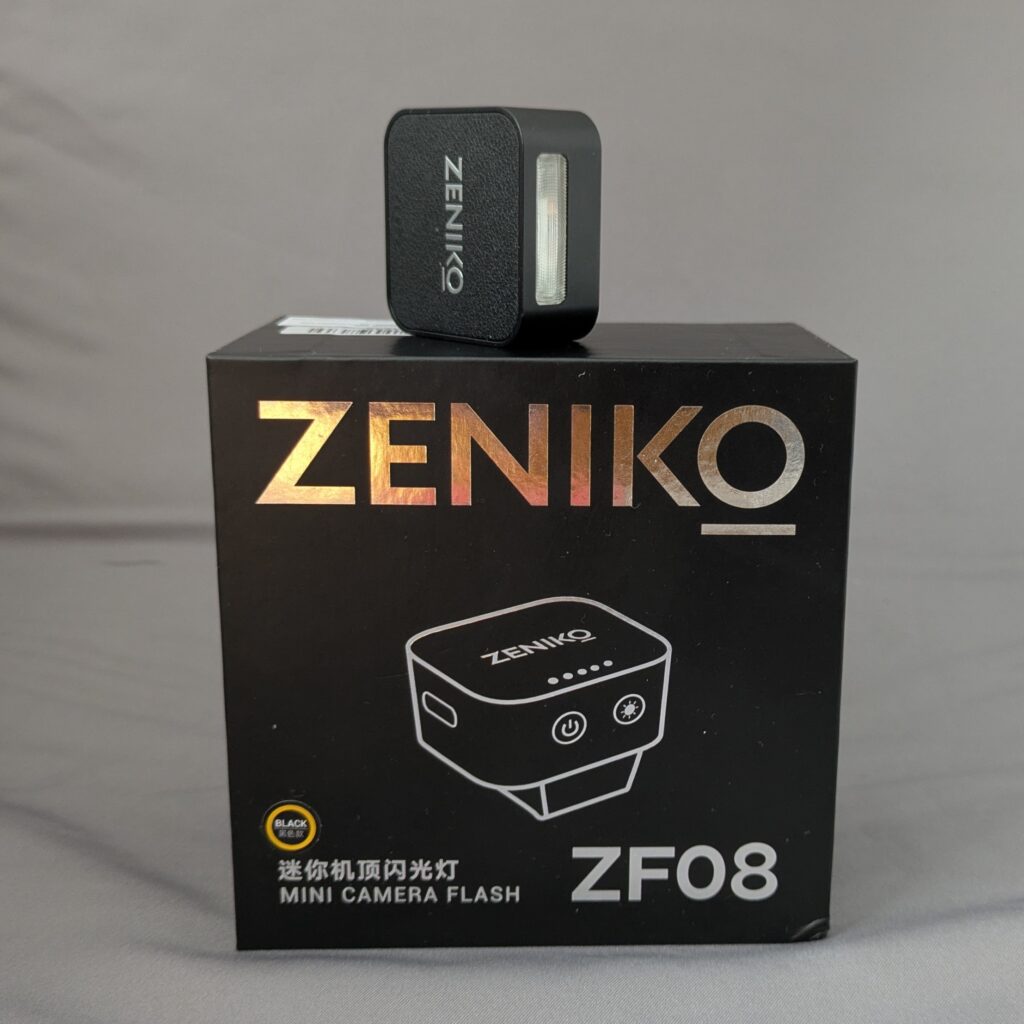




Comments
Markus Hainz on Godox Lux Senior Flash – Street Portraits and First Impressions – by Sroyon
Comment posted: 29/08/2022
At first I thought "what a weird looking gadget to have on your camera!" but then I guess it doesn't look any more awkward than any of the other flash modifiers out there.
Comment posted: 29/08/2022